Not all musicians are fluent in music theory. Most just have the gift of using their ears to determine what sounds good. Today I am going to go over some basic theory to help you understand chord progressions. Chord progressions can musically tell a story. Some chords make you feel happy, while others can make you feel sad. Depending upon the direction of your song the chord progressions you use can emphasize it's meaning, making it more powerful. I will be using the InstaChord plugin as an example. InstaChord is an amazing tool designed to make chord progressions. It is time-saving, as well as easy to use by both beginners and professionals. If you have InstaChord you can follow along. If you do not have InstaChord, you can get it by clicking HERE.
MAJOR SCALES
First, we are going to cover a major scale. Understanding scales is the best place to start before moving on to chords. Every scale has a total of 7 notes. Each scale uses a progression of steps that will repeat. With each repetition, the scale will increase or decrease an octave. If we use a C Major scale which includes the following notes:
C – D – E – F – G – A – B
and kept ascending in pitch to the next octave it would look like this:
C – D – E – F – G – A – B / C – D – E – F – G – A – B
Each note in the scale is assigned a number. In theory, these are roman numerals which also will indicate major and minor. To keep it simple, we will use numerical 1-7. Since there are 7 notes per each scale, we can go ahead and assign them a number in ascending order. If you have ever noticed on some Piano Roll functions within a DAW the lowest C is 0 and the highest C is 10. As an example if you played our C Major scale from C0 and worked your way up it would look like this:
1. C0
2. D0
3. E0
4. F0
5. G0
6. A0
7. B0
1. C1
2. D1
3. E1
4. F1
5. G1
6. A1
7. B1
Each note within our scale can be made into a chord. The formula for this is:
1. Major
2. Minor
3. Minor
4. Major
5. Major
6. Minor
7. Diminished
We can then assign the formula to each note.
1. C Major
2. D Minor
3. E Minor
4. F Major
5. G Major
6. A Minor
7. B Diminished
MAKING CHORDS
Using our C Major scale, we will be forming "Triad" chords. Tri = 3. A triad uses the 1st, 3rd, and 5th notes of our scale. Using our scale C – D – E – F – G – A – B, our Triad is:
1. C
3. E
5. G
Each key has 3 prime triads. These are built on the 1st, 4th, and 5th notes. Our first is C, which gives us C, E, and G. F being the 4th note, gives us the triad F, A, and C. And the 5th note is G. The triad of G is G, B, and D. All together our chords will look like this:
*InstaChord Tip* - Rather than manually change the root note each time. Just use the "Transpose" arrows.
These 3 chords are the foundation for the majority of the most popular songs out there, spanning multiple genres.
Since we are in the key of C Major, which has no flats or sharps, all of the chords within this key rely only on the white notes of a piano. By now you might be noticing that pattern. Did you happen to notice the second pattern? It occurs in all 3 instances.

Play a note, skip a note, play a note, skip a note, play a note.
SECONDARY CHORDS
To stay in key but open up more doors to different chord options and progressions, "secondary triads", or Minor notes, are built using the 2nd, 3rd, and 6th notes of our scale.
1. C Major
2. D Minor
3. E Minor
4. F Major
5. G Major
6. A Minor
7. B Diminished
The minor notes would be Dm, Em, and Am. Using the same method as above, play a note, skip a note, play a note, skip a note, play a note, we can come up with our Minor triad chords.
Dm would be Dm, F, and Am.
Em would be Em, G, and B.
Am would be Am, C, Em.
You now have 6 chords in the key of a C major scale. 3 major triads and 3 minor triads.
C - E - G
F - A - C
G - B - D
Dm - F - Am
Em - G - B
Am - C - Em
It's now up to you as to how, when and where you place them.
CONCLUSION
I am sure by now that there are some of you, staring at the screen, saying, “I don’t get it”. While others are likely yelling at the screen because of all the technical and in-depth information that I am leaving out.
There are those who pick up music theory very easily and apply it to everything they compose. There are those who took it so long ago that they don’t remember every single chord progression in every key. And, there are those who struggle with it. Is the bottom line, trust your ears? Well, sometimes. What sounds good or bad is a matter of personal preference and varies from person to person. Some people can listen to live music and tell when and who played the wrong note. This happens because they are familiar with how the song is supposed to sound and noticed something out of place. Another listener did not catch it because they had never heard the song before and had no comparison.
Here at W. A. Production, our goal is to provide you not only with sample packs, but also the tools to help you learn, progress, and be a successful producer. If you would like to learn more about chords and chord progressions, check out our online courses HERE and our tutorials HERE.
BONUS
As a little something extra, I am including some chord progressions by 3 different artists. While you are learning a song from another artist you may pick up on some of the patterns in their progressions. This may be helpful and make it easier to understand music theory.
Song: Wake Me Up
Artist: AVINCII
Music by: Tim Bergling, Aloe Blacc and Micheal Einziger
The 5 chords used in the intro are: Bm - G - D/A - A6 - A
The notes within each chord are as follows:
Bm: B - F# - B - D - F#
G: G - B - D - G - B - G
D/A : A - D - A - D - F#
A6: A - E - A - C# - F#
A: A - E - A - C# - E
Song: Lights
Artist: Ellie Goulding
Music By: Richard Stannard, Ellie Goulding, and Ashley Howes
The 4 chords that start the verse are: G#m - F# - E - C#m7
The notes within each chord are as follows:
G#m: F - C - F - G# - C - F
F#: F# - C# - F# - A# - C# - F#
E: E - C - F - G# - B - E
C#M7: A# - F - G# - C# - F
Song: Scary Monsters and Nice Sprites
Artist: Skrillex
Music by: Sonny Moore
The 4 chords used for the bass line are: Eb - F - Gm - F
The notes being played within the chord are as follows:
Eb: D# - A#
F: F - C
Gm: G - D
F: F - C











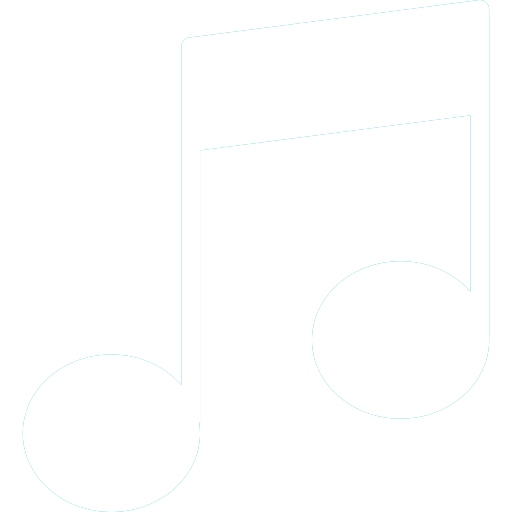




_2.png?width=400&name=02(4)_2.png)
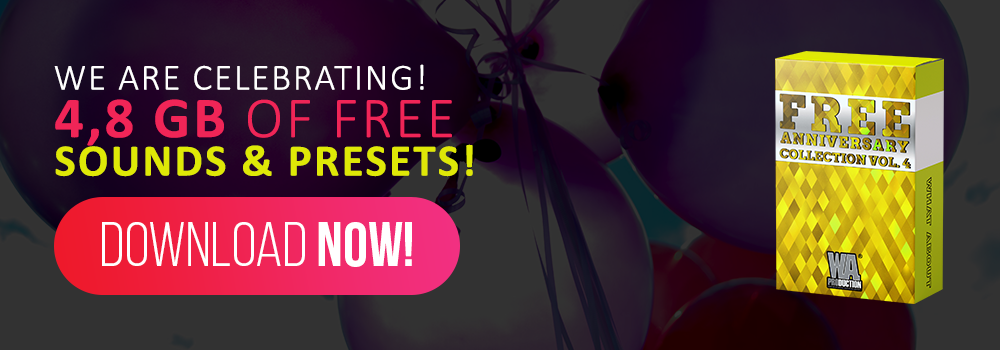

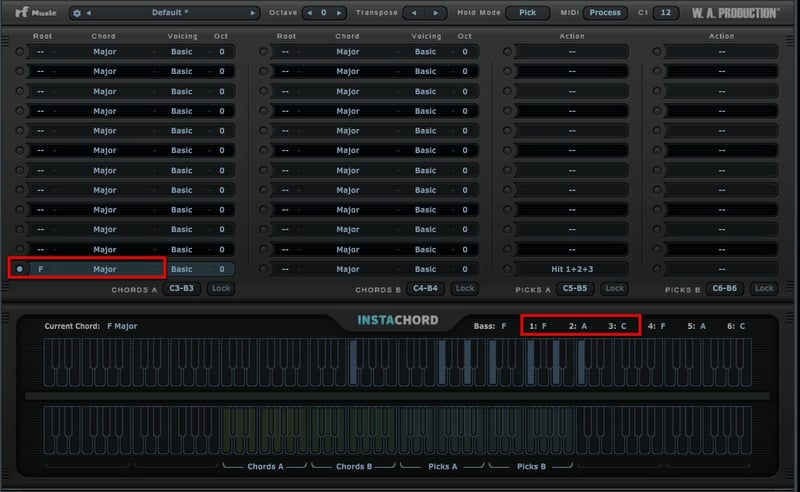
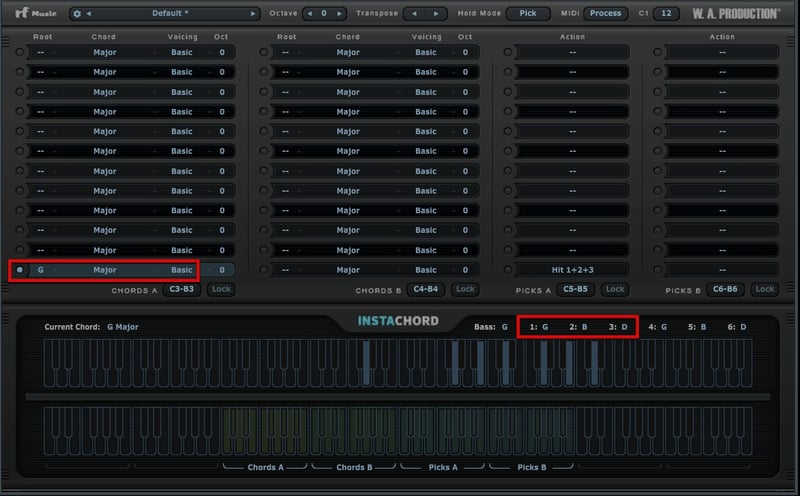
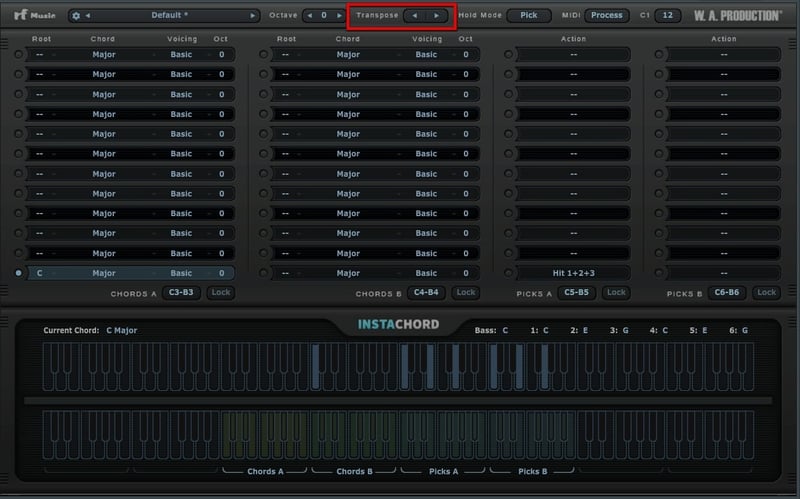
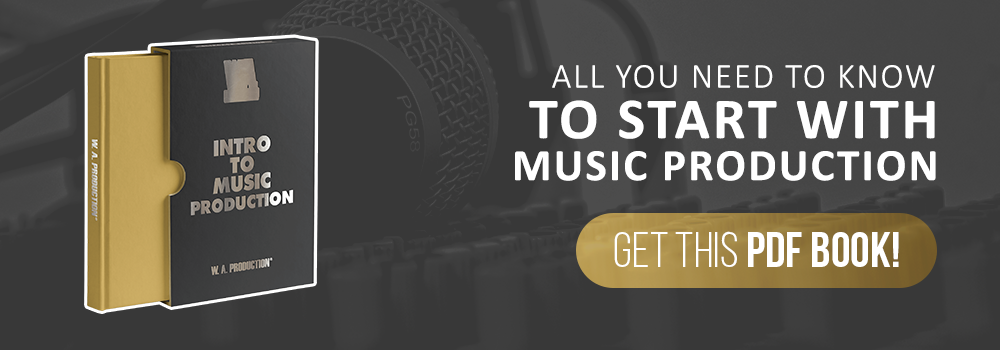
_Cropped.png?width=1600&name=02%20(2)_Cropped.png)




















Your Comments :